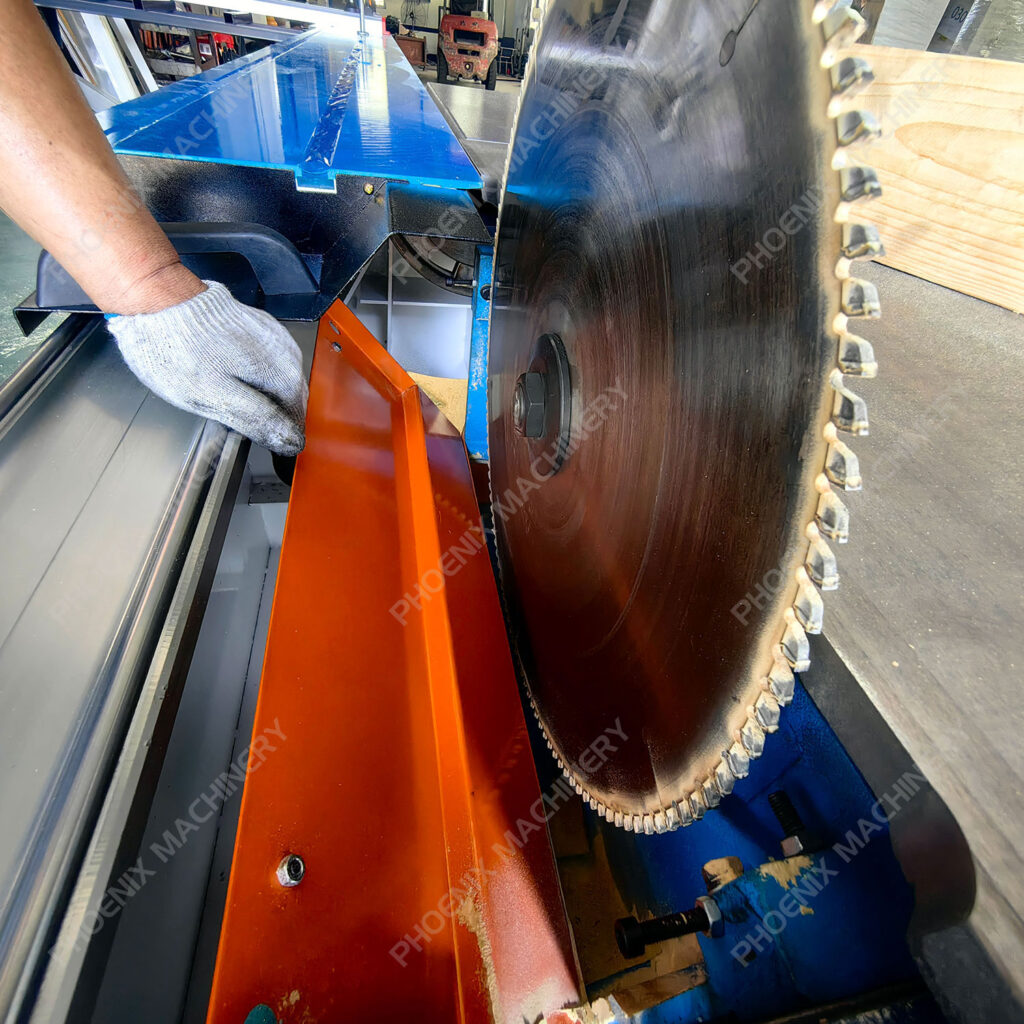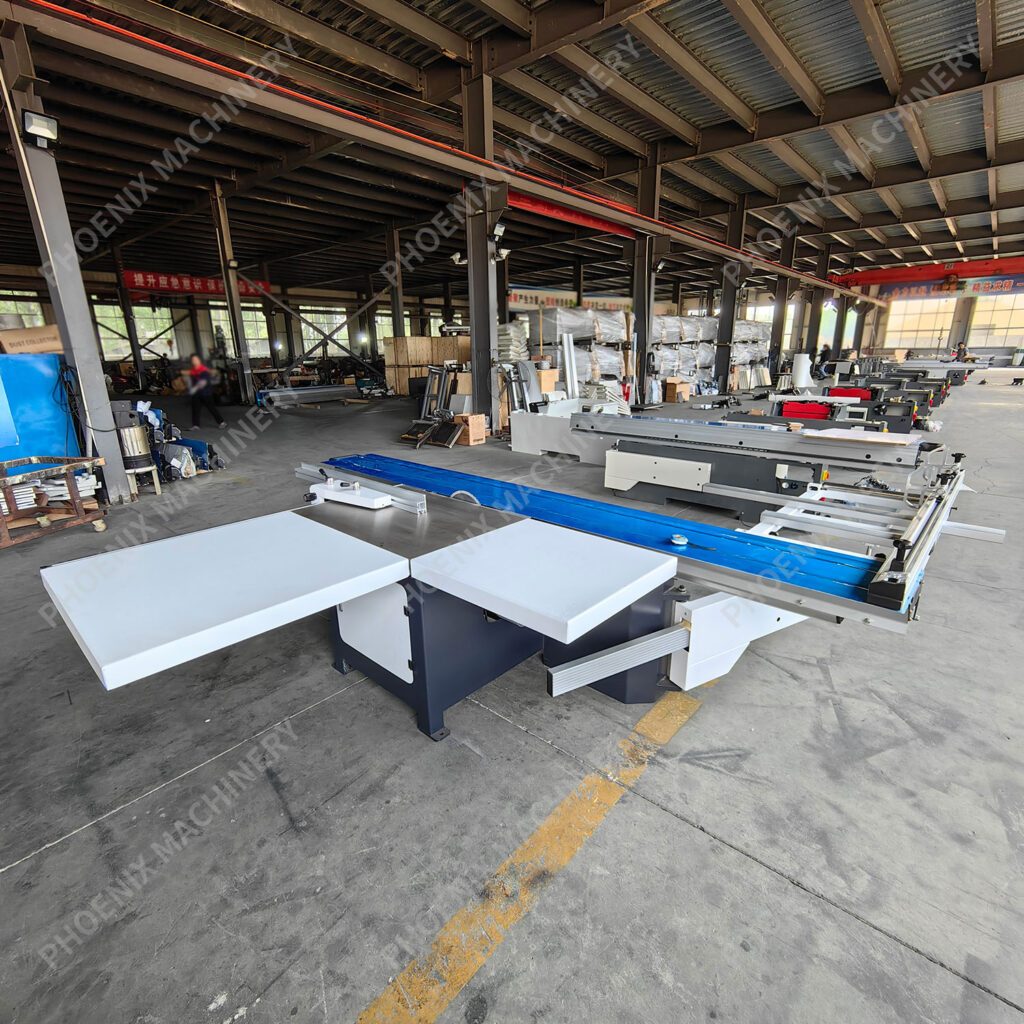1. Choose specifications according to needs
Different types of sliding table saws are suitable for processing tasks of different scales. You should choose the appropriate model according to your own output and material thickness.
2. Pay attention to precision and stability
Guide rail accuracy, saw blade speed, worktable flatness and other factors directly affect the cutting quality. It is recommended to choose well-known brand products.
3. Pay attention to safety configuration
Especially for industrial sliding table saws, they must be equipped with complete safety protection devices to avoid accidents.
4. Regular maintenance and calibration
Regularly cleaning the saw blade, lubricating the guide rail and checking the electrical system can help extend the service life of the equipment and maintain the best working condition.

In short, as an important representative of modern woodworking machinery, the sliding table saw is constantly expanding its application boundaries with its high precision, high efficiency and versatility. Whether in industrial mass production or in the field of personalized customization, the sliding table saw has demonstrated strong adaptability and irreplaceable value. For woodworking practitioners who pursue quality and efficiency, mastering the operation and application of the sliding table saw is undoubtedly an important step towards specialization.



